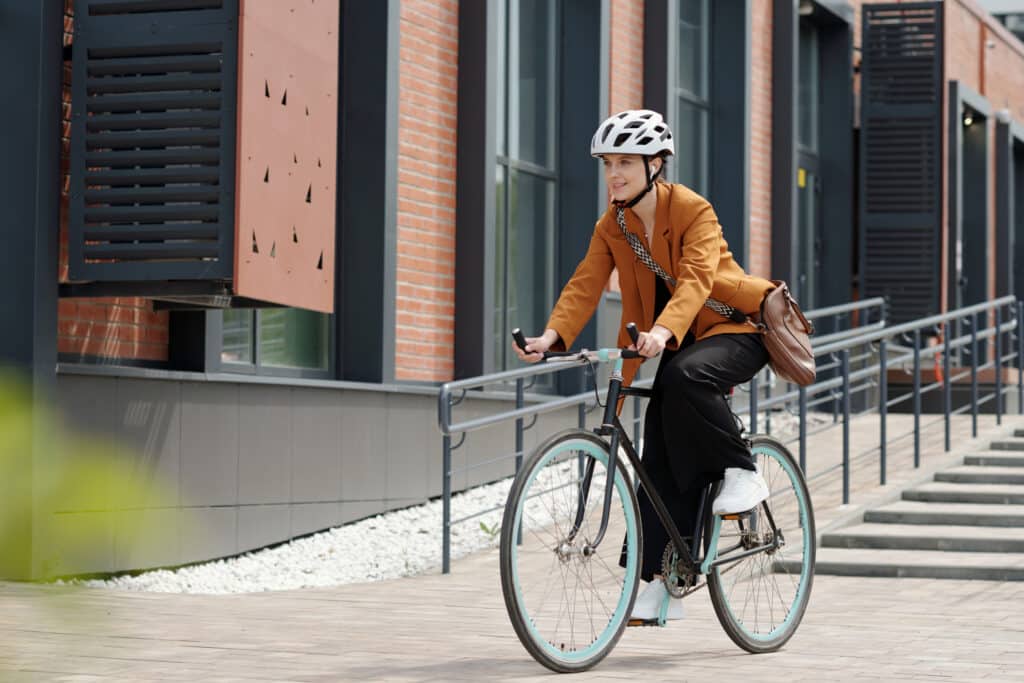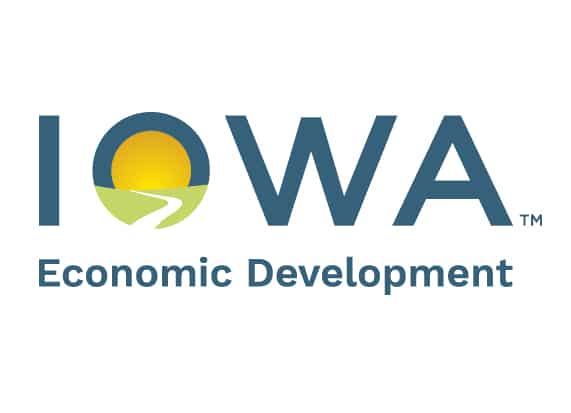Survey measuring economic impact of arts and culture

BUSINESS RECORD STAFF Nov 17, 2022 | 9:05 pm
1 min read time
314 wordsAll Latest News, Arts and Culture, Economic DevelopmentA survey is underway to measure the economic impact arts have in Iowa.
The survey, being conducted in partnership with the Iowa Arts Council and the Iowa Department of Cultural Affairs, is being organized by the nonprofit Americans for the Arts. Data is being collected in 10 communities: Ames, the Waterloo-Cedar Falls area, Council Bluffs, Des Moines, Davenport, Dubuque, Iowa City, Marion, Mason City and Sioux City.
The survey is Iowa’s contribution to the national Arts & Economic Prosperity Study, which is being described as the most in-depth arts research project of its kind in the country.
Chris Kramer, director of the state’s Iowa Department of Cultural Affairs, said Iowa’s creative sector contributes more than $4 billion to the state’s economy and employs more than 43,000 people.
“This study focuses on the arts’ impact at a local level and helps community leaders and residents understand how cultural anchor organizations generate tourism, support jobs and contribute to vibrant, prosperous communities,” Kramer said.
The current study began in May. It will conclude in spring 2023, with results expected to be released in July 2023. A variety of nonprofit arts and cultural organizations are participating, including performing arts venues, museums, film and theater groups, festivals and historical sites.
Host sites are distributing surveys after events to better understand how arts and culture organizations contribute to the state’s economy. The study also captures organizations’ annual expenses and the number of full-time jobs and contribution to local government revenue.
This is the sixth time the Arts & Economic Prosperity Study has been conducted in individual cities, but this is the first time it’s been done statewide.
The most recentdata, published in 2015, shows that the arts and culture industry generated more than $166 billion across the U.S. In Iowa, the Des Moines area alone generated more than $185 million and accounted for more than 5,600 full-time jobs.









